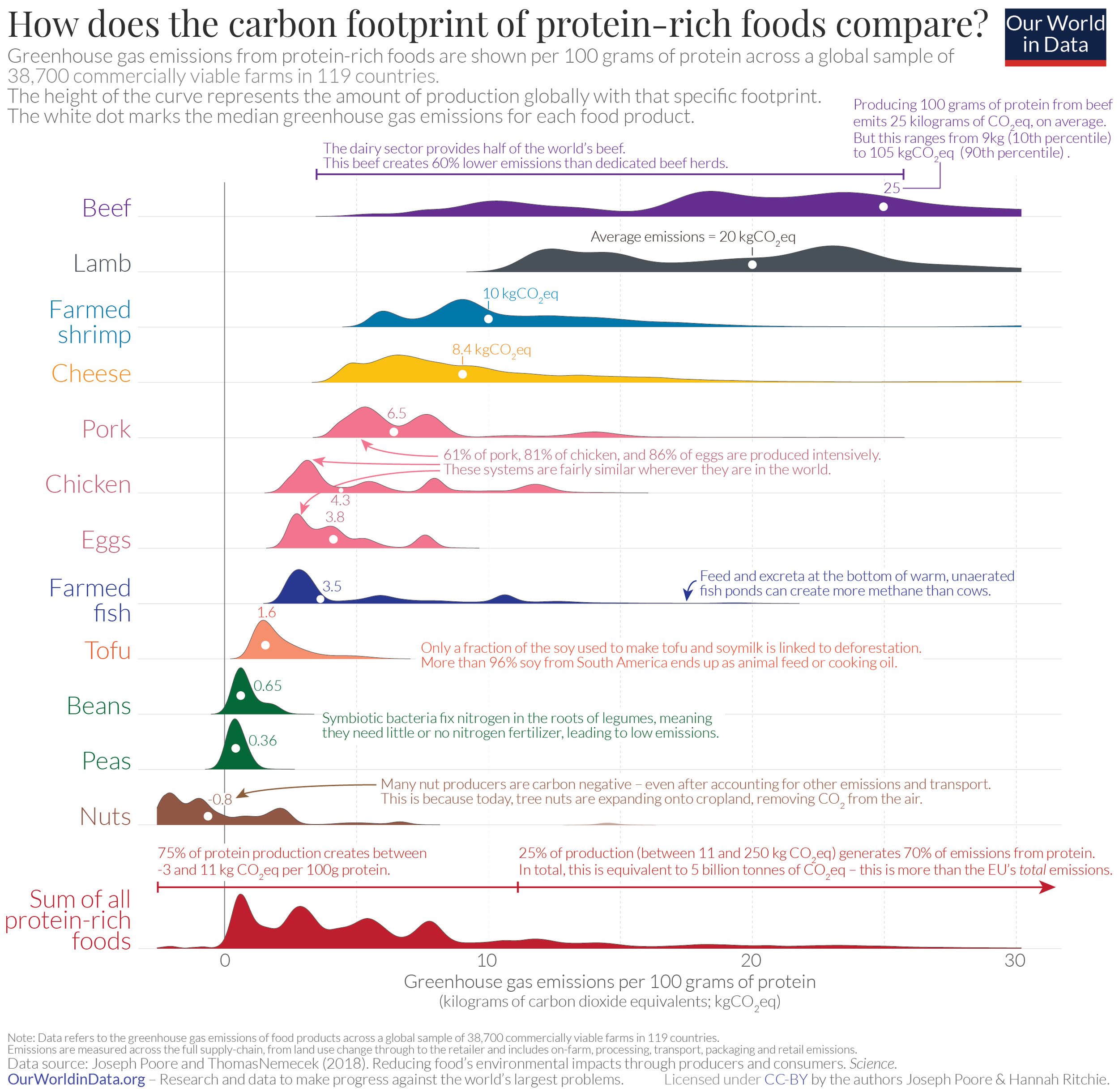Decreasing your meat intake can be easy: you have more energy, you feel lighter, healthier and you’re directly helping the environment. Yet, curbing or stopping your dairy intake, mainly cheese, can be much more daunting. Why? Well first off cheese has several wonderful selections: from mozzarella to parmigiano, to brie and camembert. Secondly, it has high quantities of a protein called casein that when digested releases casomorphines, yes cheese releases a type of morphine, which make you happy but also slightly addicted. This makes a vegan pledge very hard to achieve if you’re used to a cheesy diet.
So the real question becomes…
What is the actual environmental impact of mozzarella?

You will need a gallon (3.8 litres) of full fat milk to make just about 600g (1.3lbs) of fresh mozzarella. That’s a lot of milk, produced by lot’s of methane belching cows… A very recent analysis shows “that 1 kg of animal-based foods generate between 10 times and 50 times as much greenhouse-gas impact as plant-based products. Within animal products “beef, lamb and cheese have, respectively, 10 times, 4 times and 3 times as much carbon impact as pork and poultry does.”
With this in mind yes mozzarella does have a high carbon footprint, higher than poultry or pork. Sadly if you’re looking to lowering your carbon footprint a curb in your mozzarella intake will have to ensue. In the transition period perhaps sourcing it from a sustainable local farm is the best option so far, one who has a commitment to healthy soil and hasn’t been involved in land degradation or deforestation (which thankfully in Italy these farms seem to be commonplace).
Yes I know letting go of cheese isn’t easy, but small changes like limiting it to 3 days a week can still have a big impact on the environment.
Hopefully soon someone will launch a start-up on cultured cheese?
Until then fingers crossed!
Article by: Isabella Cavalletti













